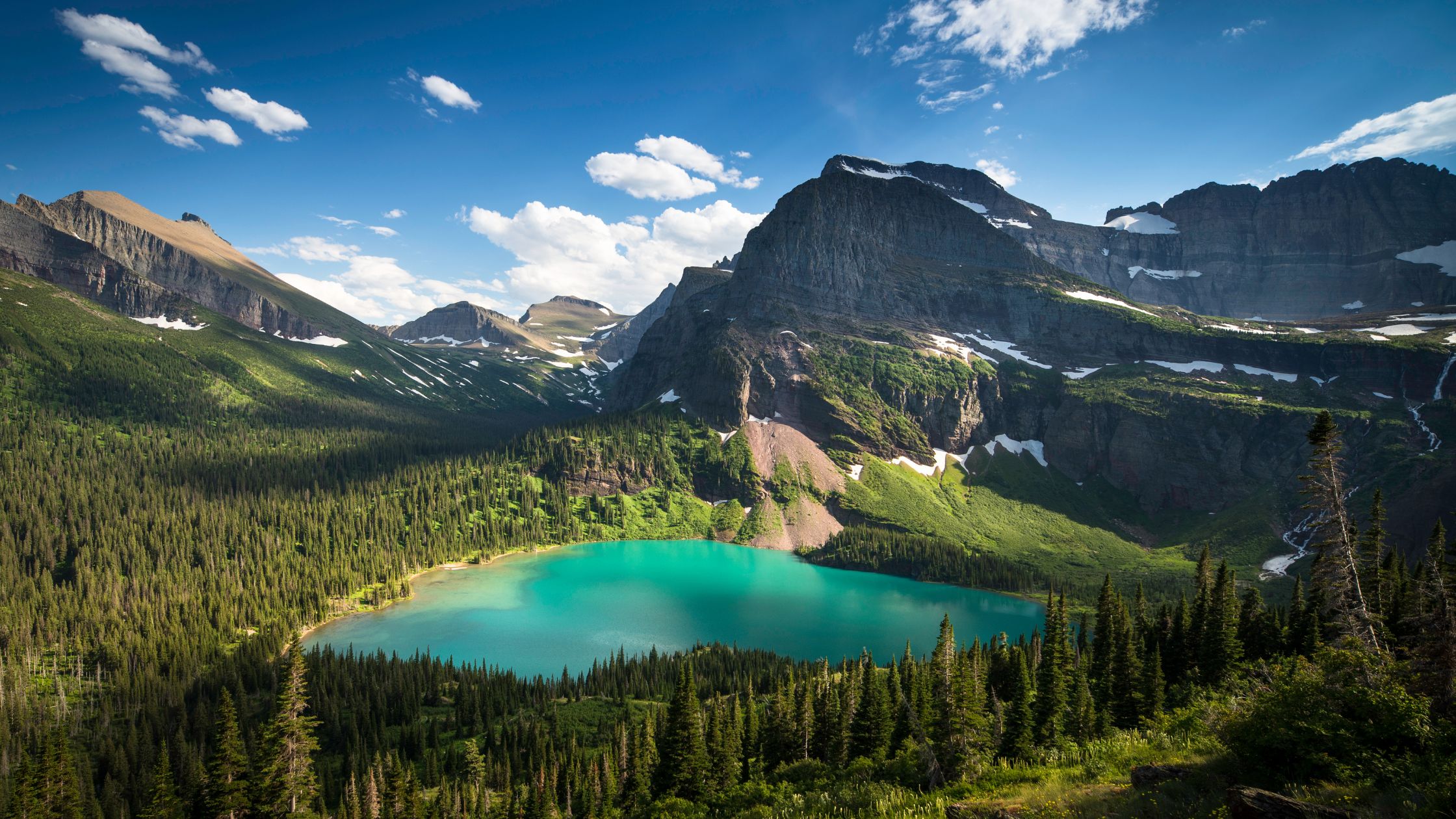5. Seattle, Washington
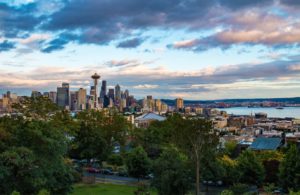
It’s no surprise that two companies dedicated to running, Oiselle and Brooks, are based in Seattle. The city is a runner’s paradise, offering 100 miles of trails and runnable climate all year round, despite some drizzly weather. Situated between Lake Washington and Puget Sound, Seattle boasts miles of waterfront trails with great views of the mountains. The city’s unique geography of seven hills over 5,500 acres of parkland creates a runner’s landscape with natural beauty. On the east side of the city, runners can view the Cascade Range, while on the west, you’ll find the breathtaking scenery of the Olympic Mountains.
Located north of Downtown, the Burke-Gilman trail is a popular destination for local runners. On the Elliot Bay trail, you can find views of the waterfront. The 27 miles urban track connects many parts of North Seattle and runs through many different neighborhoods, starting at Golden Gardens Park and going from Puget Sound past Lake Union beside Lake Washington, offering gravel paths along asphalt trails. South of the city, check out running trails along Lake Washington Boulevard to Seward Park. Many can find a peaceful landscape in residential areas in the Capitol Hill and Queen Anne neighborhoods. West Seattle boasts the stunning Alki Beach Coastal trail or 4.6 miles of lovely, tree-lined paths in Lincoln Park. Jump in the heated saltwater swimming pool after your run!
4. Denver, Colorado
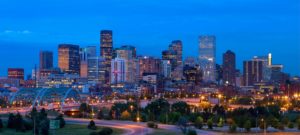
While winters in Denver can be harsh, the city also gets about 300 days of sun year-round. Running clubs in the Mile High City are lively, offering 19 running groups (six focus on running to drink beer.) Locals joke that it’s a requirement to run if you live here, so it’s no surprise that the city offers a variety of running options. Confluence Park is a great starting point, where runners can later hop on the 40-mile multipurpose Cherry Creek Trail and Platte River trails. If you decide to head southeast, you can grab a view through Denver’s Downtown. East of Downtown, runners should check out City Park, Washington Park and Cheesman Park next to some quiet residential areas. Popular spots to run include the Highland neighborhood like Sloane Lake’s historic neighborhood, along with many longer paths and easy trail options in the foothills to the west of the city.
As a helpful tip, runners shouldn’t underestimate the altitude. It does take time to acclimate to and catch your breath when you first start running. Plus, a great view of the mountains can’t be beat. Many bars host seasonal running groups and it’s great to be in a lively city.
3. San Francisco, California

Many people won’t be surprised that San Francisco offers a challenging and active runner’s lifestyle. The hilly city is a great place to build up your resistance throughout its residential streets, but it also stands out for its good weather, variety and accessibility.
Check out the Batteries to Bluffs Trail, a 2.2-mile loop, featuring wildflowers and convenient for all skill levels. The trail offers several activity options and is accessible year-round. However, the highlight of running in San Francisco is the many options surrounding the Golden Gate Bridge. Runners can start at Embarcadero, near Fort Mason and go across the bridge built in 1937. The Presidio neighborhood also offers stunning views from Lands End over to Ocean Beach. Lands End is popular with visitors and locals alike and features 3.4 miles of trails that explore the historic Sutro Baths and offer great views of Golden Gate Bridge and the Pacific Ocean. If you’re looking for a scenic destination run, take the ferry to Angel Island. The weather can be cool and changes frequently, so bring layers of clothing — even in the summer.
2. Washington, D.C.
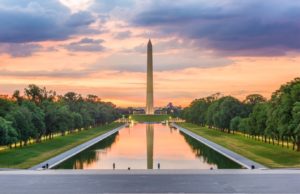
Washington D.C. takes the runner-up spot as one of the best cities due to its wide streets, beautifully laid out running routes and paths that flow out from the Capitol into miles of paths surrounding its more scenic sites. A run down The National Mall at the Lincoln Memorial is inspiring and can take you through the unforgettable views of the FDR and MLK memorials. In the first two weeks of April, runners can often catch the Ellipse during Cherry Blossom season, which should be on every runner’s checklist. To challenge yourself with some hills, check out the Embassy Row neighborhood.
In addition to the widespread routes in the city’s center, check out the running paths along Rock Creek Park that follow the old B&O railroad. South of the Capitol, The Anacostia Riverwalk is one of the newer running trails and offers over 15 miles of trails. The C&O Canal Trail and Mount Vernon Trail offer long distances to engage with and can take you into surrounding areas like Virginia, over the city border.
Efficient public transportation helps the running scene stay active in D.C’s metro area. Runners here can explore all over the city and into the surrounding suburbs. If you’re exploring D.C.’s trails, remember that their summers are noticeably hot and humid.
1. New York, New York
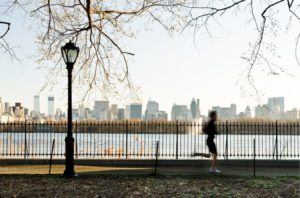
Calling itself home to about 15 million people, New York City is the most vibrant of cities and wins the first spot with its numerous trails that take runners through commercial, cultural and financial landmarks. Due to its density, running along its main streets can be challenging, but there are some iconic and inspiring places to run in the city that never sleeps.
In Manhattan, there are four essential runs. Don’t miss the opportunity to run through Central Park’s numerous paths. Perhaps the first NYC running loop runners think of is the Central Park Reservoir, featuring 1.5 miles of trail at a gentle 2-degree slope. There are also many other options throughout Central Park, like the 6.1-mile full loop covering the park or the rugged Bridle Path loops. The shorter one circles the Reservoir while the full loop offers 2.5 miles and runs through the North Meadow fields and across 102nd street.
Peruse along the greenways by the Hudson and East rivers. Many runners can run the entire length of Manhattan on off-road paths. An iconic run to one of the surrounding boroughs like Brooklyn across its iconic bridge is a great addition to your route. On the northside of the city, check out the stunning Fort Tryon Park that offers elevated views of the Hudson River and meandering nature paths that are both elegant and overgrown. Then, try crossing the George Washington bridge to gain some extra mileage.
Manhattan topography is generally very flat, but there are many hill options in Central Park. Plus, the subway system can help you get from one point to the other easily. All of these routes are accessible by the subway. As a bonus tip, check out the Highline trail with carefully manicured landscaping at 7 a.m. to beat the crowds.







